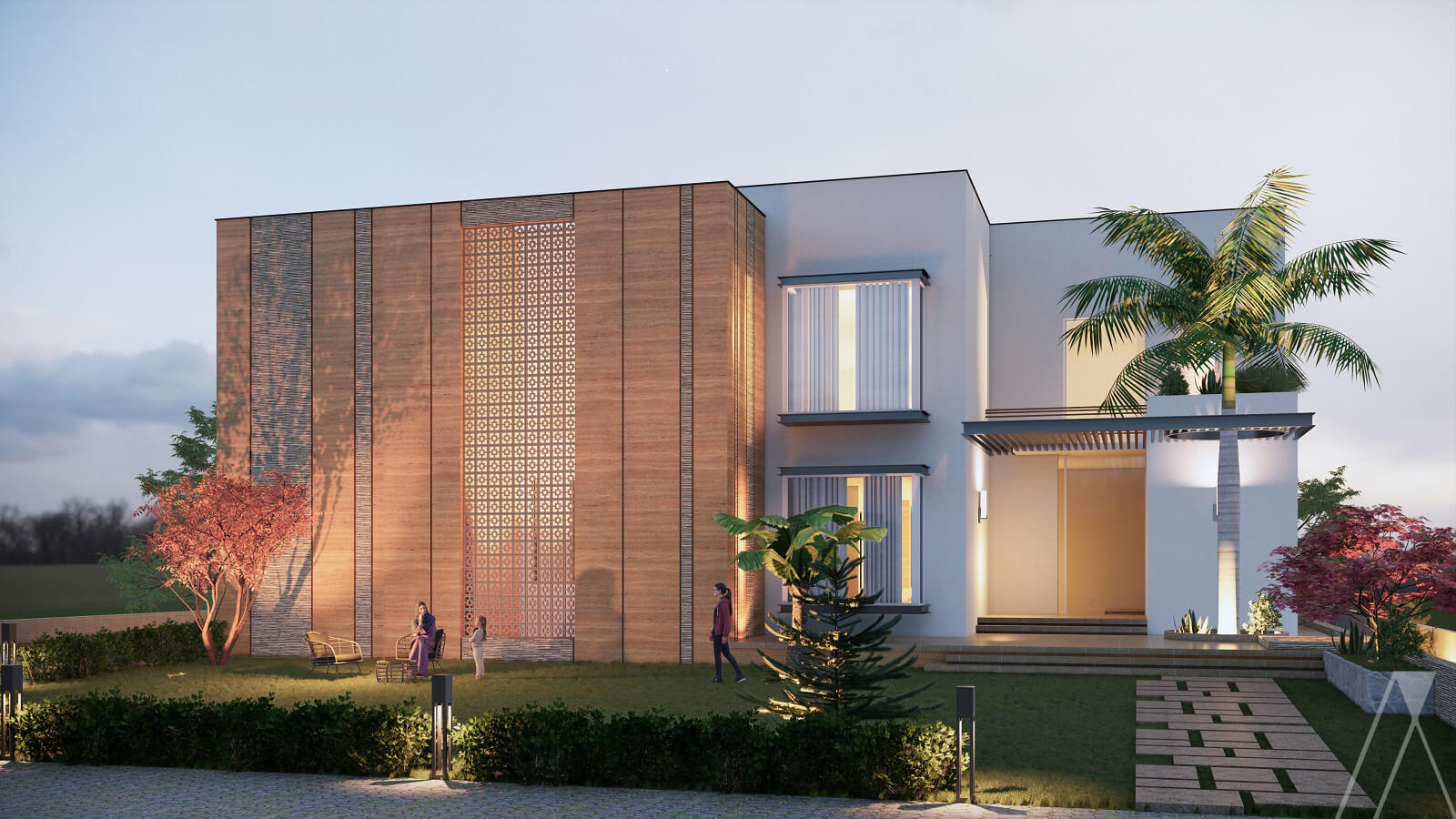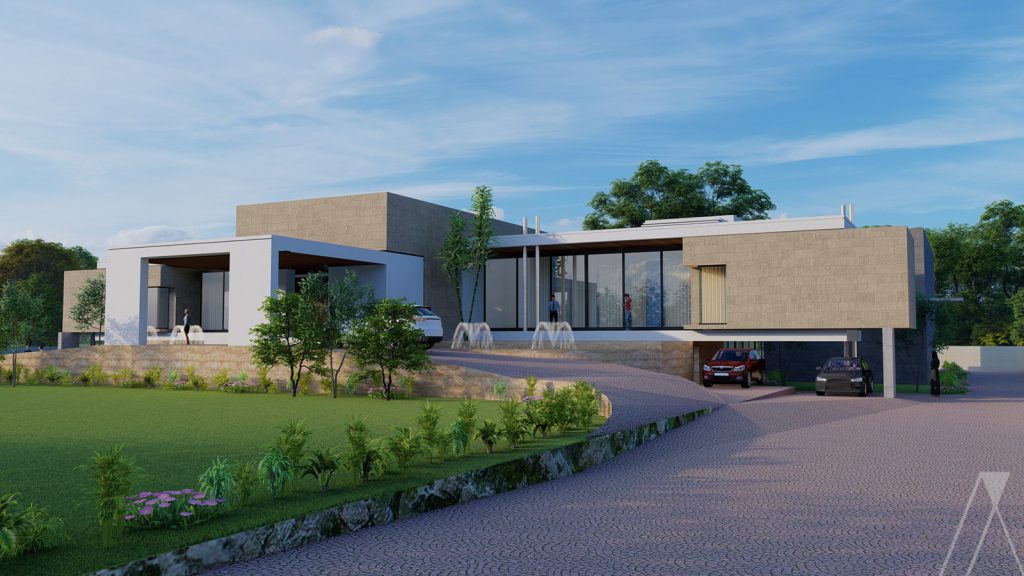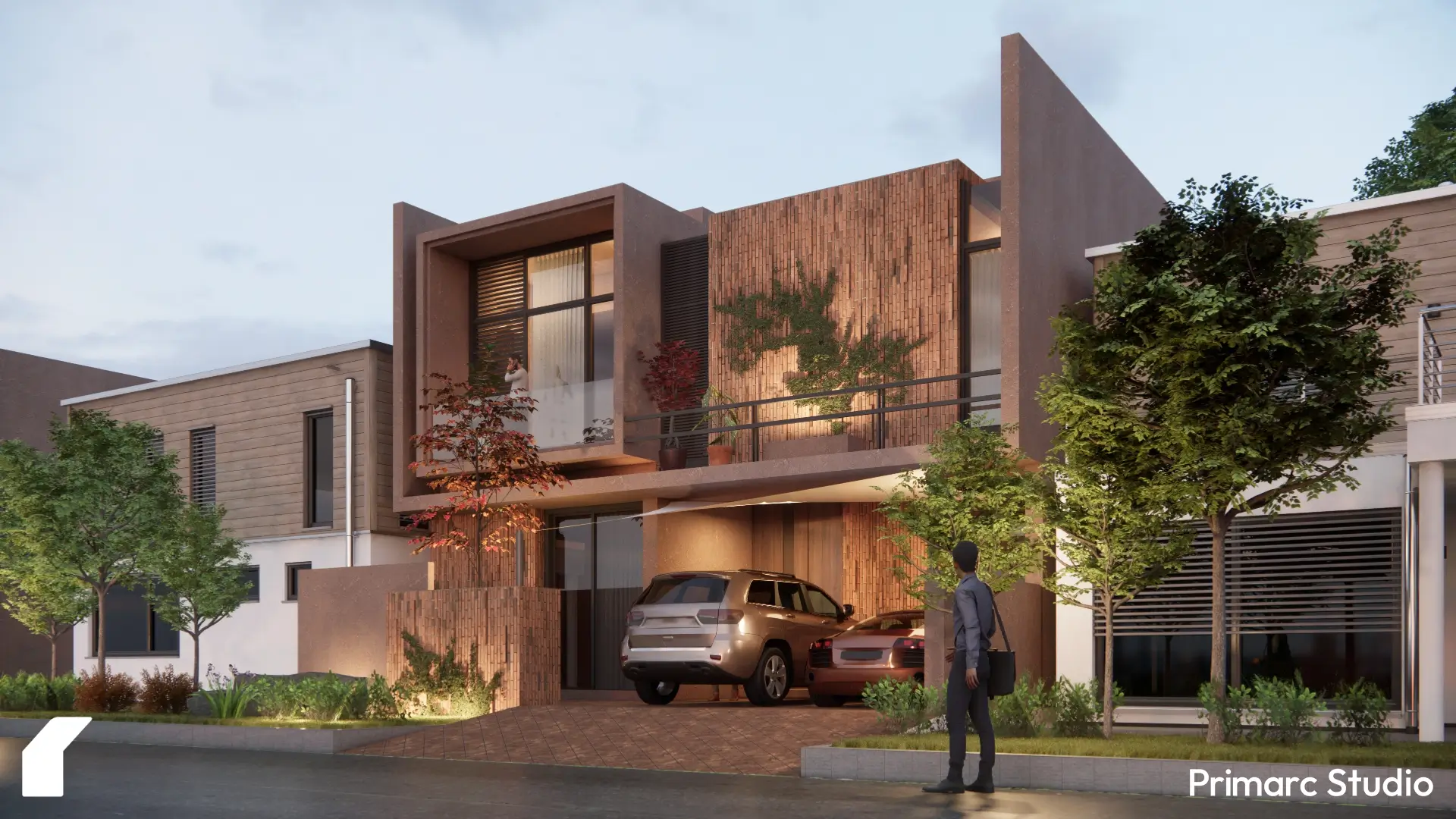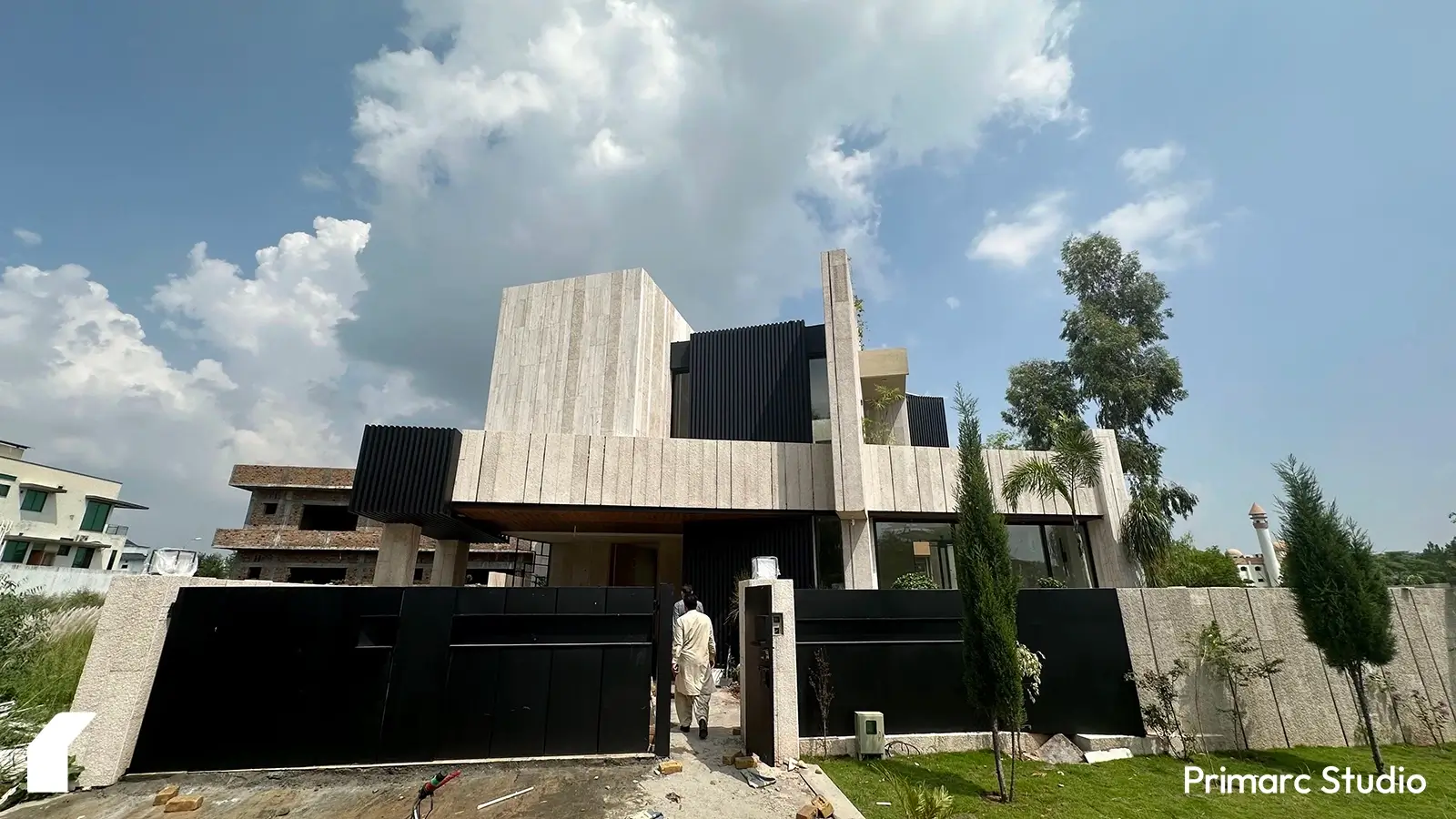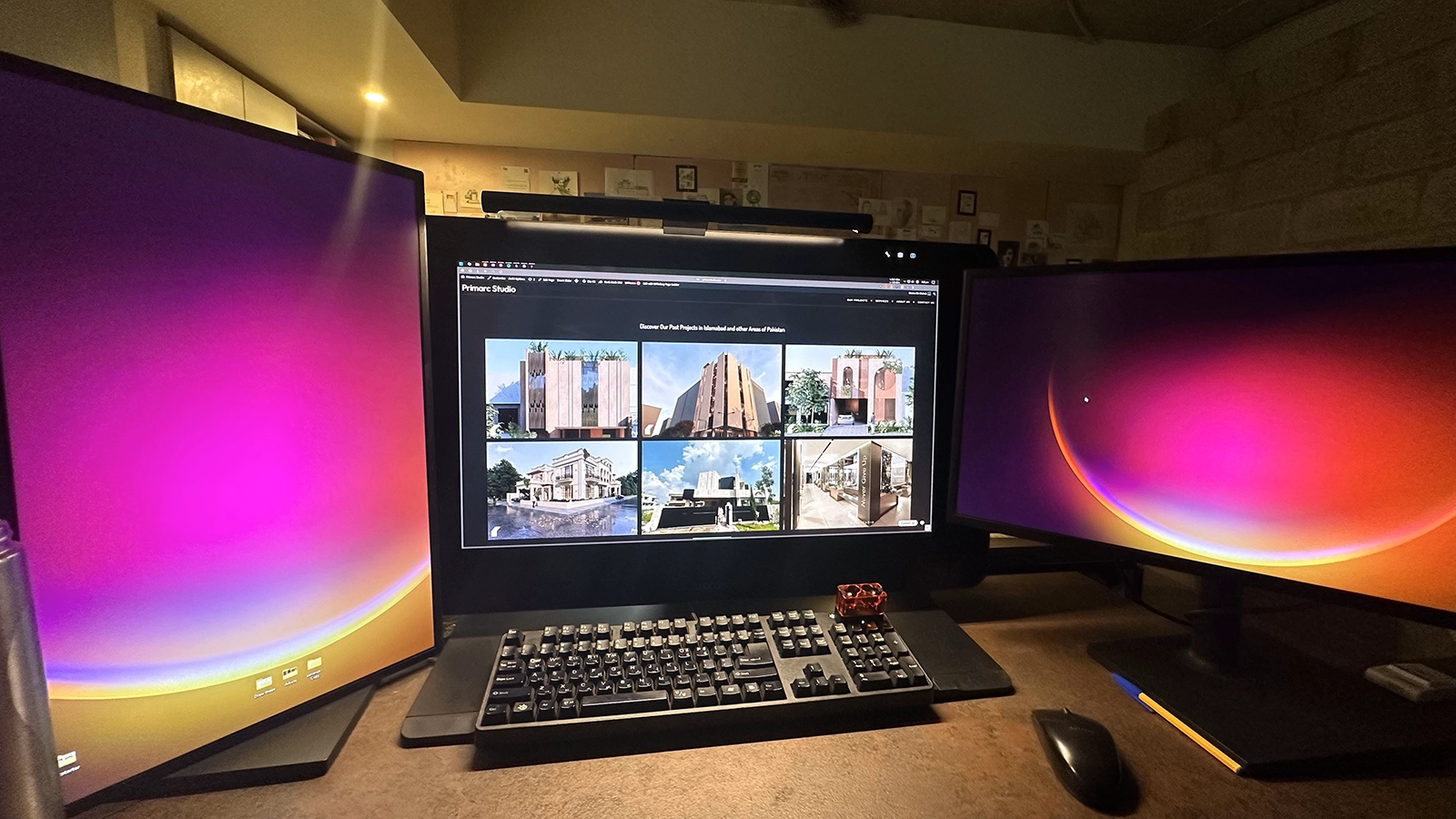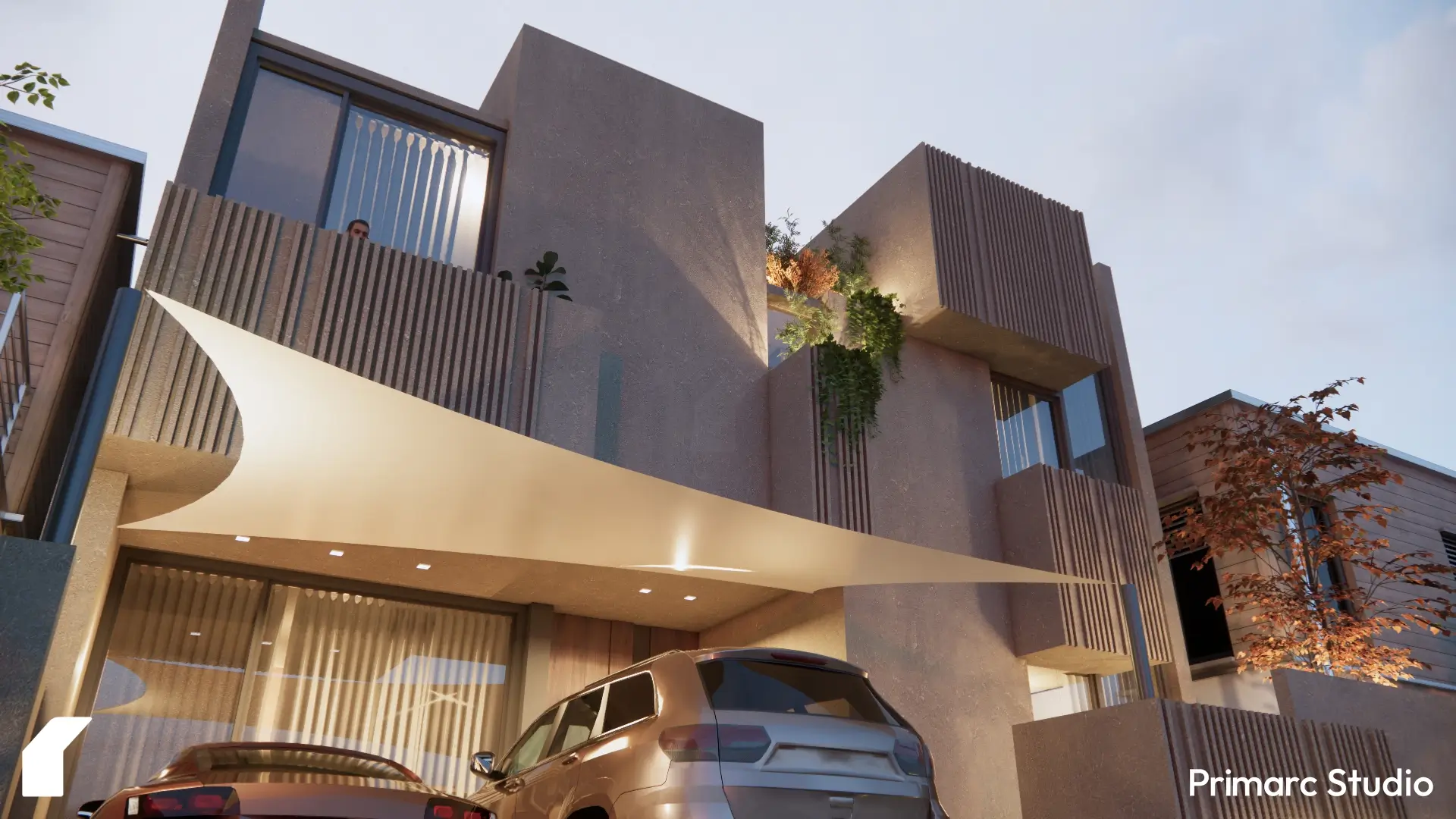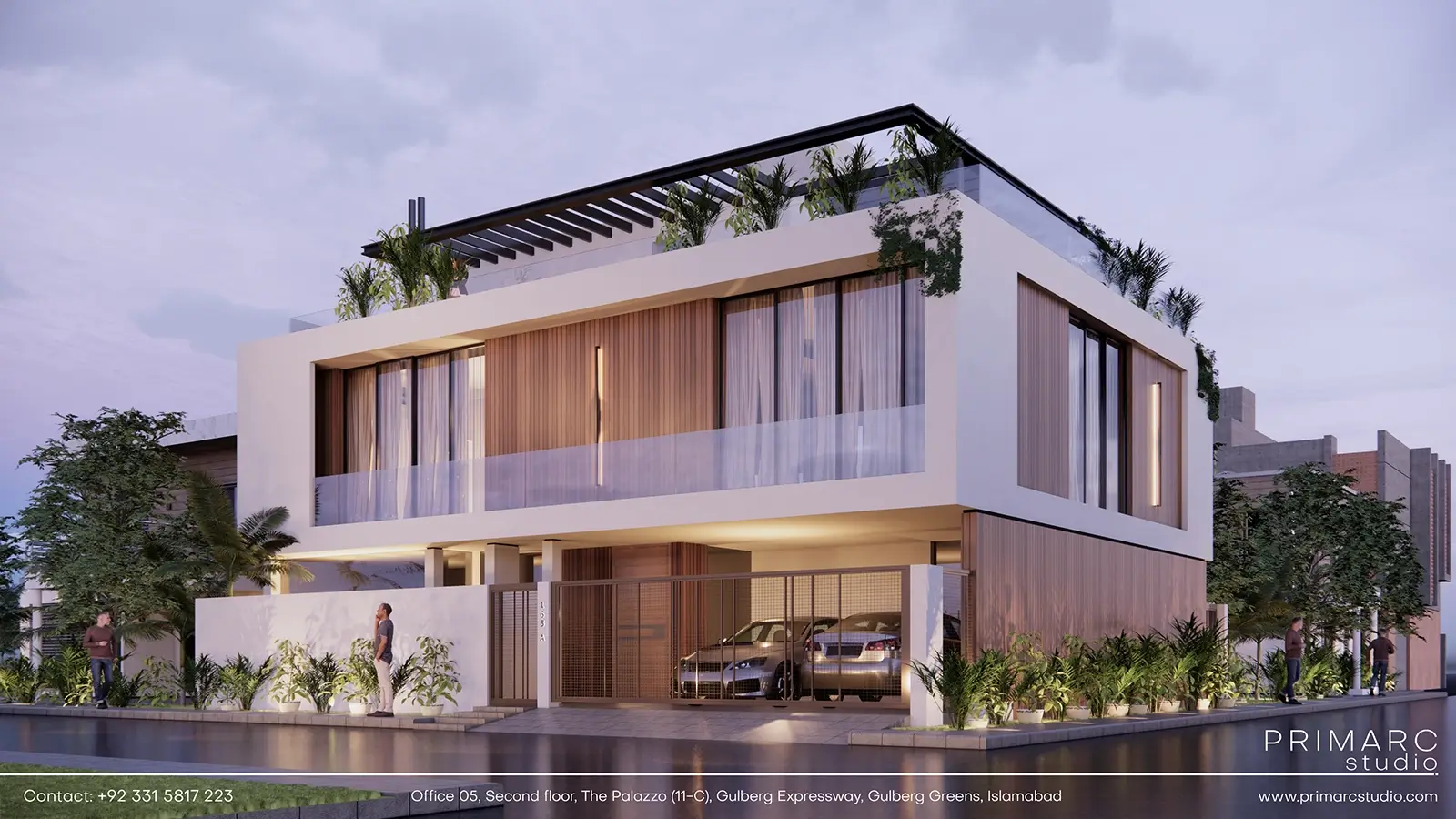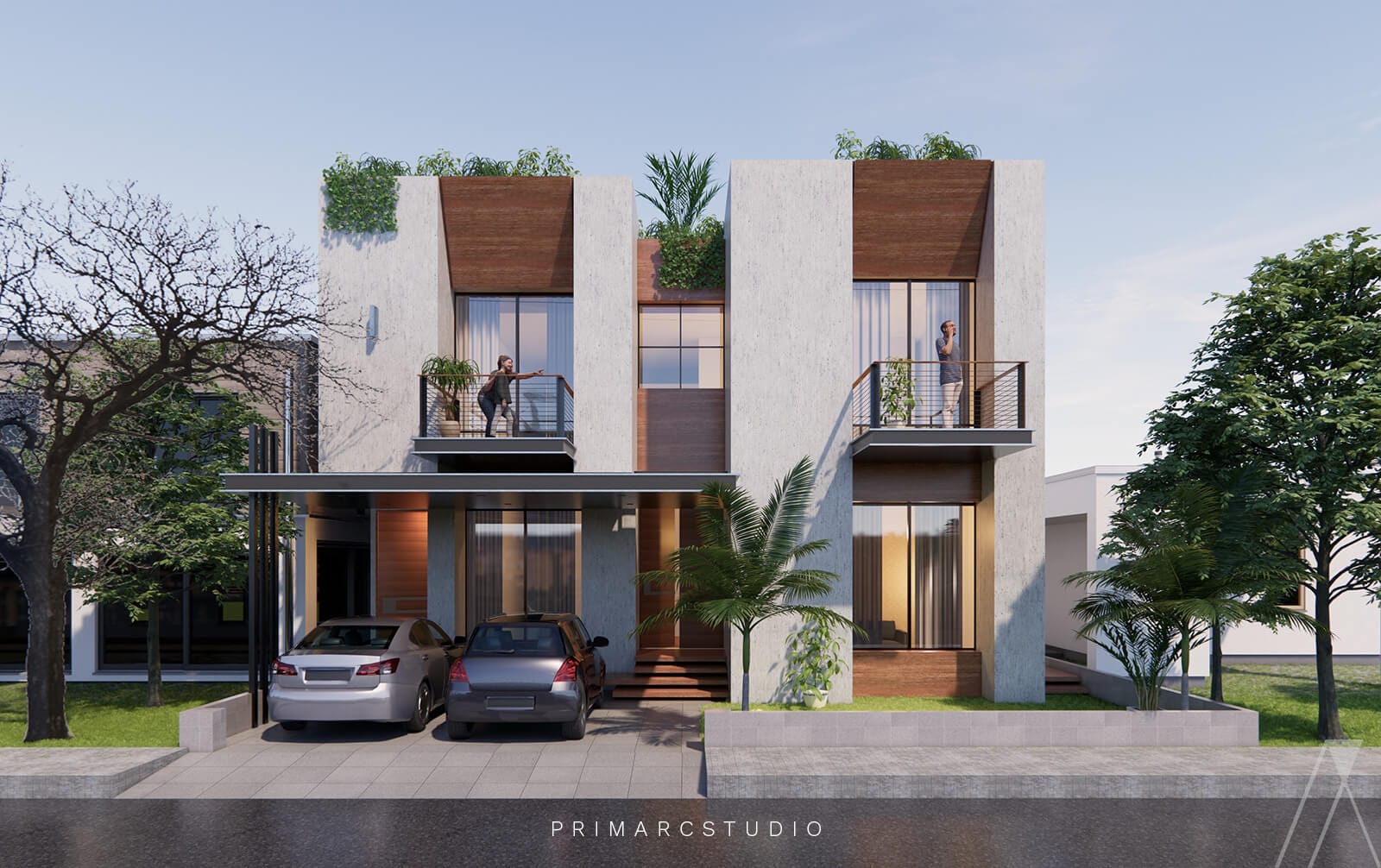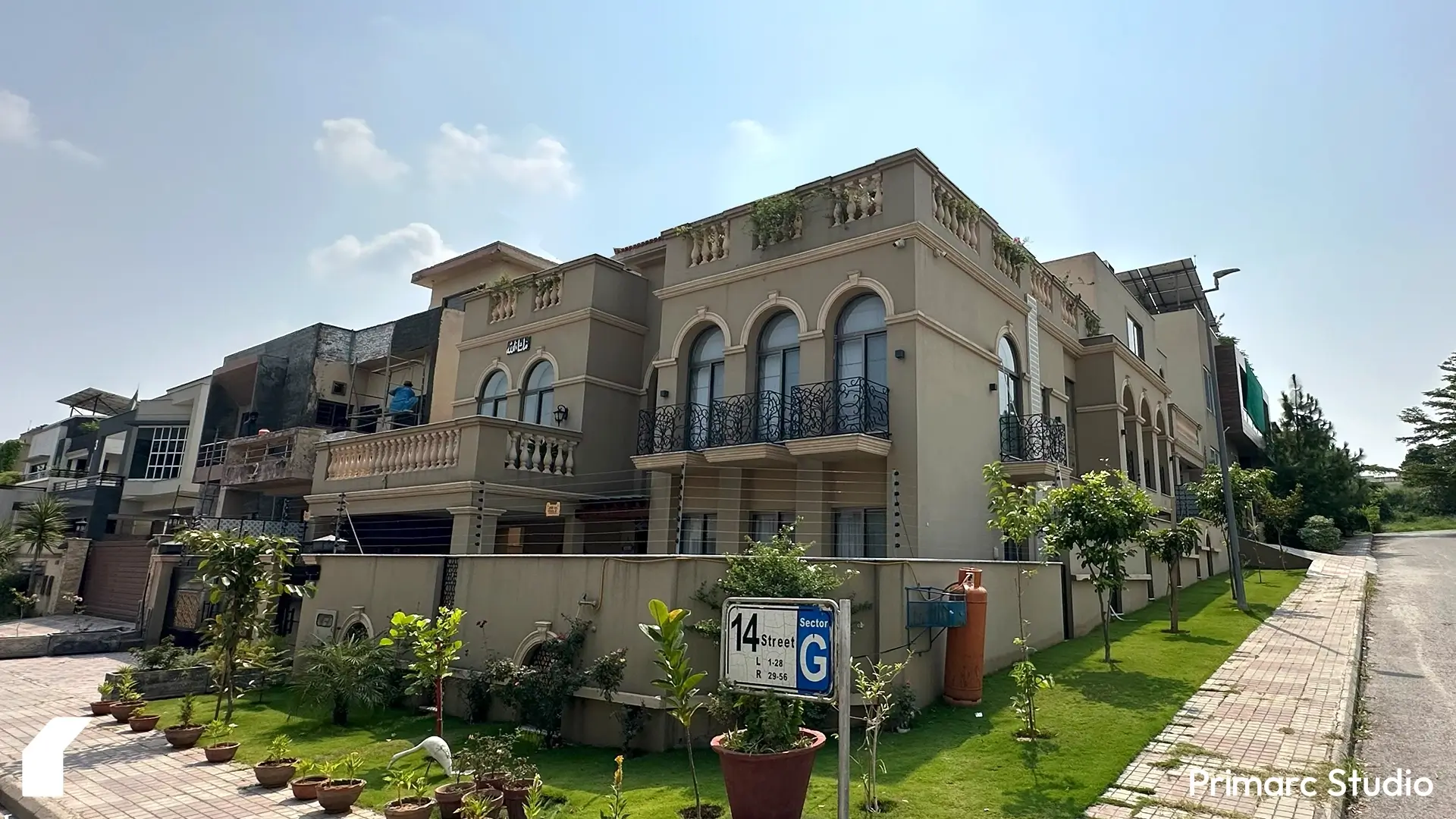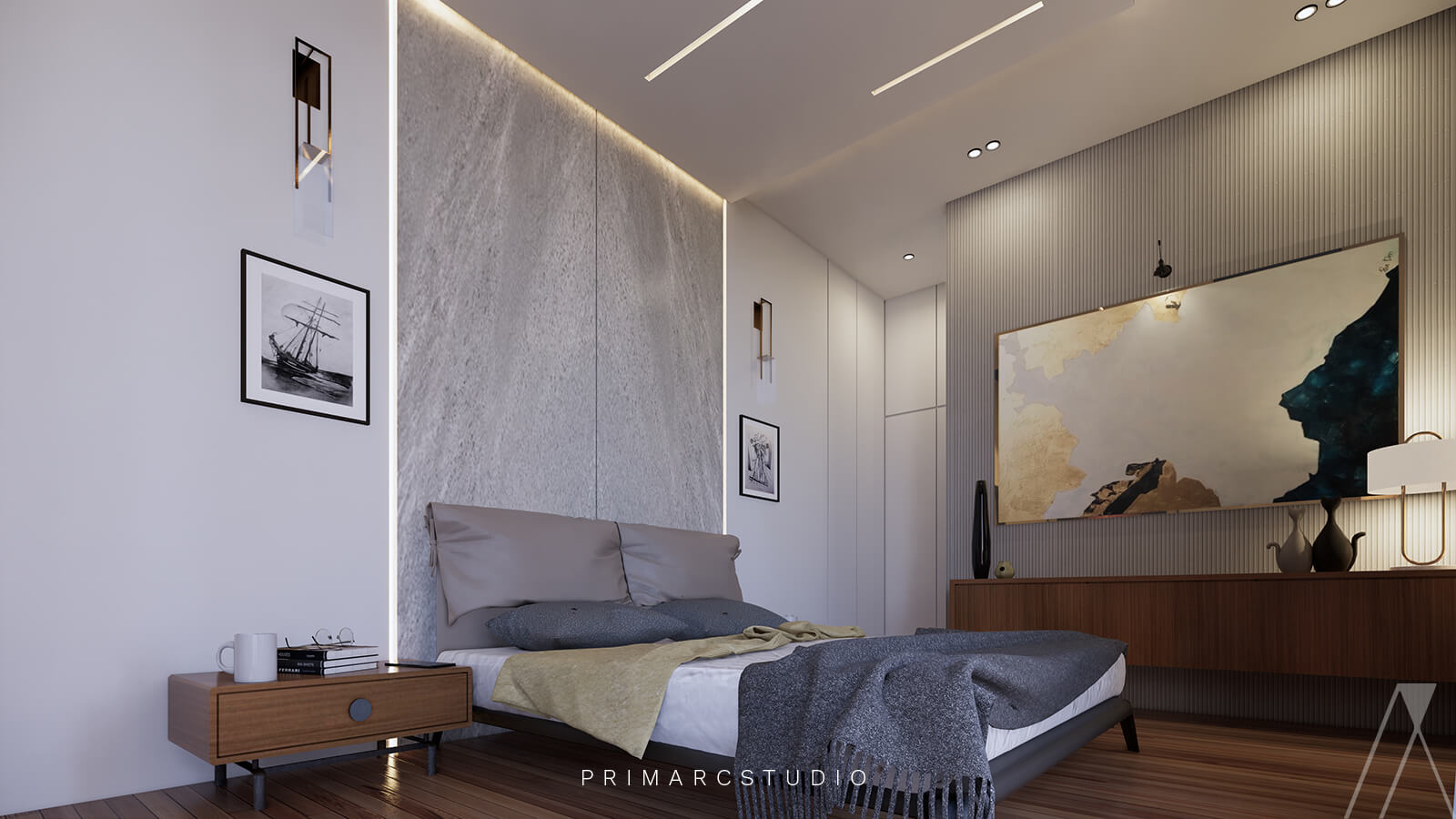Architects need a broad range of expertise, including knowledge of structural and mechanical systems, building standards and laws, landscape, interior, aesthetics, and more, to design and construct buildings and other structures. In order to provide optimal service, architects must first gain insight into their clients’ wants and preferences.

Over time a general consensus on the definition of Architecture has evolved into an explanation as the art and science of designing and constructing buildings and other structures. The common understanding is that it involves creating plans and drawings, selecting materials, abiding by local building codes, and overseeing the construction process to ensure that the final product meets the desired design, and functionality, which can be characterized as Architecture design.
We have done an article on architectural design and what it is in the opinion of Primarc Studio.
Understanding the Misconceptions of Architecture
This has created great misconceptions by extending every element of architecture as an umbrella term for architecture itself. Meaning, people now consider designing as architecture, planning as architecture, or even a building as architecture. These are all mainly the stepping stones that define architecture.

Thus, it would be simpler to consider architecture as a multifaceted discipline that involves a wide range of skills and knowledge, including the understanding of structural and mechanical systems, building codes and regulations (CDA, RDA, LDA, PDA, etc.), aesthetics, and more.

Architects work with clients to understand their needs and preferences and develop solutions that meet their requirements while also considering factors such as cost, sustainability, and aesthetics.
The Role of Architects in Shaping the Built Environment
In addition to designing and constructing buildings, architects may also be involved in the planning and development of larger projects, such as neighbourhoods, towns, and cities. They may also be involved in the restoration and preservation of buildings and structures.
 Image: URBAN DESIGN GROUP
Image: URBAN DESIGN GROUP
Overall, architecture is a complex and diverse field that plays a vital role in shaping the built environment and the way we live and work. The overgeneralization that has begun to overtake the definition of architecture is a misconception that does architects and this field a disservice.
Different Types of Architects and Their Areas of Expertise
There are many different types of architects, but here we are categorizing them into seven types. Usually one discovers that when the need arises to get a hold of specific architects. You’ll be quite surprised how many people are unaware of the different areas of expertise in the field of architecture. Many architects handle most of these disciplines. Here are a few common types of architects, out of which many Primarc Studio, itself provides those services:
Residential Architects
In the construction industry, the residential architect is an architect that focuses on designing and preparing plans for homes and other similar structures. To create plans and drawings for new construction, renovations, and additions, they consult with customers to learn about their wants and needs.
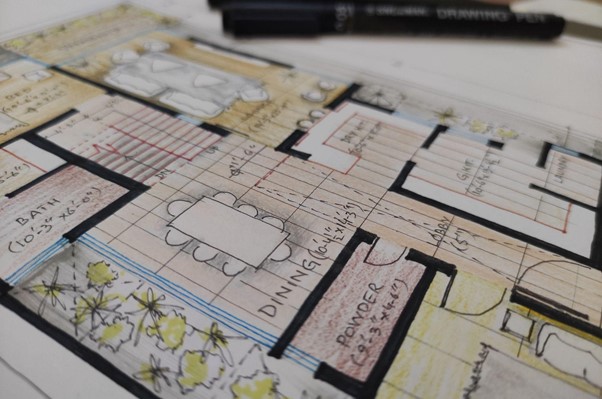
It is possible for architects to take part in every stage, from brainstorming and concept development to detailed design and site supervision. To guarantee the finished product satisfies the desired design and functionality, they may collaborate with a team of professionals such as engineers, contractors, and other specialists.
Residential architects encounter unique challenges in their work compared to other types of architects. One major challenge they face is dealing with lower and more restricted budgets, which can limit the design possibilities for smaller and more modest structures. This constraint often requires residential architects to be resourceful and innovative in finding ways to maximize the impact of minimal financial resources.
Additionally, residential architects may need to strike a balance between creating individualized and customized designs for single homes while also being able to work on larger housing complexes where design consistency across multiple units is important. This duality of working on both individual and group projects adds another layer of complexity to the work of residential architects, requiring them to adapt their design approach based on the specific context and needs of each project.
They may also incorporate the services of interior architects during the interior design phase of the project and take outdoor spaces of the house in consideration also when designing a building and may also incorporate the service of landscape architecture for the outer space.
Single-family homes, apartment complexes, and even mixed-use structures are all within the scope of practice for residential architects, which a large number of people in Pakistan
 Landscape by design team
Landscape by design team
already associates with architects. They may also do design works of outside areas, such as gardens and landscaping, may fall within their purview as well.
Famous Residential Architects of Our Times
Some famous architects, who are well-known for their work on private residences are listed below.
- Frank Lloyd Wright
- Le Corbusier
- Ludwig Mies van der Rohe
- Louis Kahn
- Tadao Ando
 The Korman House (1971–1973): Louis i Kahn
The Korman House (1971–1973): Louis i Kahn
Commercial Architects or Industrial Architects
Professional commercial architects play a crucial role in designing various industrial facilities like factories, warehouses, and power plants. Their primary focus is on creating structures that are highly functional and efficient, rather than emphasizing aesthetic appeal for commercial enterprises and other groups.
Industrial architects prioritize safety measures, ensuring that buildings have proper exits, emergency response space, adequate ventilation, and comply with regulations. They need to design efficient structures that utilize the latest technologies, such as automation and robotics, to enhance industrial processes.
They consult with customers to determine their wants and needs, and also take the environment or even urban design in consideration when designing buildings in cities. Then apply that information to draw out blueprints for new buildings, remodels, and additions. When creating space for commercial use, they need to be well-versed and have a deep understanding of current market trends.
 www.hoobadesign.com
www.hoobadesign.com
The involvement of a commercial architect in a project can span from brainstorming potential designs to supervising the building’s construction. To guarantee the finished product satisfies the desired design and functionality, they may collaborate with a team of professionals such as engineers, contractors, and other specialists.
Office buildings, retail spaces, hospitals, schools, and other institutional structures are only some of the potential clients for a commercial architect. They might also incorporate landscape and parking lot elements in their designs.
When it comes down to it, a commercial architect can be defined as those architects with the education and market experience to create functional and aesthetically pleasing structures for corporations and other organizations while also accommodating the specific requirements of their clients.
Both commercial and industrial architects alike prioritize user efficiency and comfort when conceptualizing and creating buildings. The place a high priority on functionality and safety in their designs by focusing on creating efficient structures with proper safety measures and adherence to regulations. They ensure that there are sufficient exits, space for emergency operations, adequate ventilation for long working hours, and other necessary safety features. Additionally, they stay updated on the latest technologies to incorporate advancements like automated processes and robotics into industrial structures for optimal functionality and safety.
 The Centre Pompidou
The Centre Pompidou
Modern architects are aware of the importance of reducing a building’s ecological footprint. They also work with the building’s engineers and other specialists to guarantee the structure’s efficiency, functionality, and low operational costs.
Famous Commercial Architects of Our Times
The following is a list of well-known commercial architects who have contributed significantly to the field.
- Norman Foster
- Frank Gehry
- Ludwig Mies van der Rohe
- Santiago Calatrava
- Rem Koolhaas
Interior Architects / Interior Designers
Professionals in this field are called “interior architects or interior designers” and they are responsible for the overall layout and design of a building’s interior. They consult with customers to find out what they want and then create blueprints and blueprints for the construction of their dream home. As part of this process, you may be tasked with making sure the room is accessible and follows all safety regulations, as well as choosing the furniture, lighting, and other decorative aspects.

The scope of an interior architect’s work can span from conceptualization to completion, including both the design and building phases and play a crucial role in architecture by focusing on enhancing the interior spaces within structures. While they may not always be involved in the initial design of buildings, their expertise lies in optimizing the functionality and aesthetics of indoor environments.
To make sure the finished product or building is up to snuff in terms of form and function, they may collaborate with a group of experts including residential architects or even product designers.
An interior architect may design any number of locations, from private residences to public arenas to furniture or even public buildings. Kitchens, baths, and living rooms are just a few traditional examples of the kind of interior spaces that they might be tasked with designing.
Beyond simply beautifying spaces, interior designers are tasked with creating cohesive and practical interiors that improve usability and visual appeal. This may involve reimagining existing layouts, optimizing furniture placement, or even restructuring walls to enhance the overall experience within a space.

The broad definition of interior architects is that they are the people who work with clients to determine their wants and needs before designing and planning the interiors of buildings and other structures.
Famous Interior Architects of Our Times
Some of the famous interior architects or designers who are well-known for their work on interiors are listed below.
- Albert Hadley
- David Hicks
- Elsie de Wolfe
- Dorothy Draper
- Axel Vervoordt
Landscape Architects

Landscape architects collaborate closely with other architects to ensure that the outdoor spaces around buildings are both aesthetically pleasing and sustainable, working together to create designs that are visually appealing while also being environmentally friendly and accessible. Landscape architects play a key role in determining the best way to arrange outdoor spaces so that they are visually appealing and functional, considering factors such as plant selection, layout design, and overall environmental impact.
Understanding sustainable and ecological design is crucial for landscape architects because it ensures that outdoor spaces are not only aesthetically pleasing but also environmentally sustainable and accessible to humans while being beneficial for the surrounding environment.
Gardeners, park planners, and others in the public sector all fall within the purview of landscape architecture. Landscape architects consult with clients to determine wants and needs, take the need of the space and overall environment in consideration when designing landscapes. They have in depth understanding of plants and flora and fauna of the region, they may also consult with other engineers like horticulturist when creating blueprints of the finished product or even in some cases with residential architect to make sure landscape design compliments the house or the space.
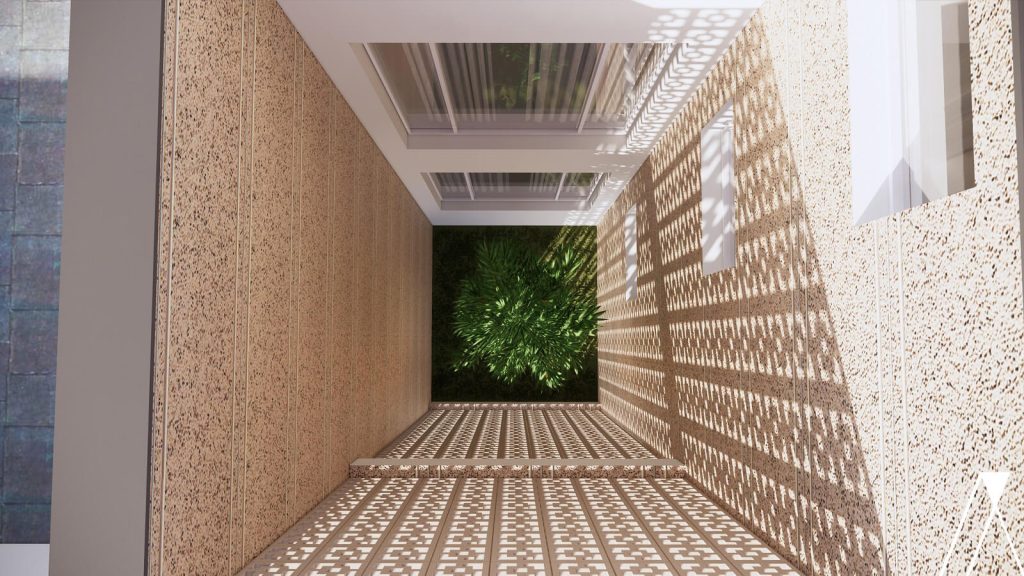
A landscape architect’s role in a project might span from brainstorming and concept creation to fine-tuning the design according to space, house or a building and supervising the build. To guarantee the finished project satisfies the desired design and functionality, they may collaborate with a team of professionals such as engineers, contractors, and other specialists. Public parks and gardens, private gardens, and corporate campuses are just some of the possible clientele for a landscape architect. Outdoor sports fields, public gardens in a city, and playgrounds are few examples of the types of recreational spaces they might be enlisted to help shape or design.
Landscape architects are expected to have an understanding of fields such as horticulture and botany, including local plants versus exotic plants, in order to design outdoor spaces effectively. All things considered, landscape architecture makes one an experts in the field of outdoor space design and planning, who collaborate with their clients and space to find the best possible results.
Famous Landscape Architects
The following is a list of some of the most well-known architects who excelled in the field of landscape design process.
- Frederick Law Olmsted
- Martha Schwartz
- James Corner
- Gertrude Jekyll
- Kongjian Yu
Educational Architects
Educational architects are professionals involved in the design of educational spaces such as schools and universities. Their focus is on creating environments that support various aspects of education, including learning, administration, and sometimes residential facilities.
They collaborate with educators to ensure that classrooms and other spaces are optimized for learning by incorporating elements like adequate light, comfort, and space.
Educational architects cater to diverse learning methods and needs, adapting designs to accommodate different educational systems and purposes. Their expertise lies in creating structures that meet the specific requirements of educational settings while fostering a conducive and effective learning environment.
Sustainable Architects
Sustainable architecture is an approach to architectural design that reduces a structure’s negative influence on the natural environment through greater resource conservation and restraint. Sustainable architecture is an approach to create buildings in such a way that prioritizes minimizing a building’s negative impact on the nature without sacrificing the quality of the indoor environment for monetary or practical gain.
Sustainable architects or green design architects are experts in the field of creating eco-friendly and cost-effective architectural designs. To ensure that all new buildings, renovations, and additions adhere to sustainable design principles, they collaborate with customers to learn about their wants and needs.
 The Pixel Building Image: Roger Wong/Moment Editorial/Flickr Vision/Getty Images
The Pixel Building Image: Roger Wong/Moment Editorial/Flickr Vision/Getty Images
Sustainable architects can be brought in at any point in the design or building process, from coming up with the basic concept to supervising the last touches to interior design. To guarantee the finished product satisfies the desired design and functionality, they may collaborate with a team of professionals such as engineers, contractors, and other specialists. Energy efficiency, water conservation, the use of sustainable materials, and specific material placement strategies to reduce heat buildup in structures. These knowledge areas are crucial for implementing sustainable design practices effectively, which is reflected when they are designing a building. They might also work on landscaping and outdoor areas, with the intention of bringing the man-made and natural worlds closer together.
Sustainable Architects incorporate a wide range of sustainable design features into structures to promote environmental responsibility and energy efficiency. These may include the use of renewable energy sources such as solar power and wind turbines, gray water systems for water conservation, proper placement of materials to reduce heat buildup and maximize natural light, sophisticated ventilation and window design for effective climate control, and innovative building techniques that minimize environmental impact.
Sustainable architects are considered important and sought-after in recent decades due to the increasing focus on sustainable design in all types of structures. Their expertise in eco-friendly and cost-effective architectural designs is essential for addressing environmental concerns and contributing to a more sustainable future in the built environment. They are expected to understand which materials can be replaced with more sustainable forms and how to incorporate eco-friendly solutions into structures.

Ibuku completes “unprecedented” bamboo building in the Balinese jungle: courtesy: Dezeen
The following is a list of some of the most well-known architects for their efforts in the field of sustainability design.
- William McDonough
- Edward Mazria
- Laurie Baker
- Glenn Murcutt
- Eric Corey Freed
Healthcare Architects
Healthcare architects approach the design of medical centers with a primary focus on fulfilling the vital purpose of providing efficient and effective healthcare services. Unlike many other types of architects who may prioritize creative design elements or innovative structural techniques, healthcare architects prioritize functionality and the well-being of patients and medical staff.
They design medical facilities such as hospitals, clinics, and rehabilitation centers with careful consideration of the specific needs and requirements of healthcare environments.
The goal of healthcare architects is to create spaces that are not only aesthetically pleasing but also conducive to healing, treatment, and overall well-being. They pay close attention to factors such as efficient patient flow, infection control, accessibility, and the integration of advanced medical technologies. Their design decisions are driven by the objective of optimizing the delivery of healthcare services and improving the quality of care provided within the medical center.
Key considerations in the design of hospitals, as outlined in the passage, include focusing on functionality to serve the important purpose of providing medical care. This involves designing hospitals with features such as segmented layouts for easier isolation and quarantine when necessary, incorporating ample plumbing for increased bathroom accessibility, incorporating a mix of residential and office spaces in the design, and ensuring ease of cleaning by minimizing unnecessary architectural elements.
By collaborating directly with medical experts, architects gain valuable insights into what is most important for patients in a medical setting. This collaboration allows architects to incorporate new technologies and design elements that enhance the functionality and safety of healthcare structures.
Urban Planners or Urban Designers
Urban planners specialize in city, town, and other urban development and play a crucial role in architecture and city planning by focusing on improving and managing city environments on a societal scale. They are responsible for solving complex problems related to urban spaces and infrastructure. Unlike other architects who may design individual structures, urban planners work within existing city landscapes to enhance functionality, accessibility, and overall quality of life for residents.
Urban planners work on a variety of projects, from designing pedestrian-friendly areas to land use, integrating vehicular roadways, transportation, housing, community, and environmental issues. They may design parks and streetscapes. Along with allocating areas specifically for residential properties, urban areas, and outdoor spaces. They may place neighborhood restrictions to control urban sprawling, a good example of this is use of restricting the opening of commercial use in a house. They work towards better integration by improving sidewalk design, constructing bridges for safe motorway crossings, and implementing psychological tactics like specific paint and signage to enhance pedestrian safety.
Urban planners implement psychological tactics like specific paint and signage to reduce car speeds and enhance pedestrian safety by strategically using these elements in urban design to influence driver behavior and create safer environments for pedestrians. Utilize different elements such as improved sidewalk design, safe motorway crossings through bridge construction, and psychological tactics like specific paint and signage to reduce car speeds and enhance pedestrian safety in urban environments.
Urban planners may work for government agencies, consulting businesses, or other organizations and work with architects, engineers, and community activists to fulfill projects goal.
In essence, urban planners contribute to shaping the urban environment by addressing current challenges, such as transportation systems and public spaces, and proposing innovative solutions that promote a better quality of life for city residents. Their role is essential in creating inclusive, well-designed, and sustainable urban spaces that meet the needs of a growing population and evolving societal demands.
Famous Urban Architects
The following is a list of some of the most well-known architects or urban designers for their efforts in the field of urban design.
- Zaha Hadid
- Moshe Safdie
- Gordon Cullen
- Rem Koolhaas
- Le Corbusier
Sports and Entertainment Architect
A Sports and Entertainment Architect specializes in designing structures such as sports stadiums, arenas, theaters, and performing arts houses. They focus on creating venues that can accommodate large audiences for various entertainment events, ensuring both functionality and aesthetic appeal are in place to provide an enjoyable experience for visitors.
In the design of sports stadiums and entertainment venues, several important elements must be carefully considered to ensure the comfort, safety, and experience of the large number of people who will frequent these spaces. One crucial aspect to keep in mind is the significant occupancy levels associated with these venues, where thousands of people may gather for events. Crowd control and safety measures are paramount in the design process, necessitating sufficient facilities such as bathrooms, food kiosks, and multiple easily accessible exits to accommodate the masses.
Furthermore, architects must prioritize creating efficient visitor flow systems to ensure attendees can navigate the venue with ease, find their seats quickly, and avoid congestion. This might involve incorporating various pathways or entrances to facilitate smooth movement within the space. Acknowledging the health, safety, and convenience factors is essential, but architects designing sports stadiums and entertainment venues must also focus on enhancing the spectator experience.
To create an enjoyable and engaging atmosphere for visitors, designers must consider factors such as unobstructed views, climate control, and overall comfort. Obstructions to viewpoints or discomfort caused by factors like weather conditions can negatively impact the visitor experience. Therefore, sports and entertainment architects need to understand how people prefer to be situated within these venues and how to cater to the diverse needs and preferences of a large audience to ensure a positive and memorable experience for all attendees.
Historic Preservationists or Conservation Architects
Restoration architects are a distinct type of architect who specialize in the preservation of existing structures with historical or cultural significance. Unlike other architects who primarily focus on designing new buildings, restoration architects are devoted to maintaining and safeguarding the integrity of older structures. Their expertise lies in understanding and working with antiquated materials, addressing the aging process of buildings, and implementing measures to ensure the original structure remains intact. They help clients comprehend a building’s history and design preservation and maintenance plans.
 Entrance to the Wazir Khan Mosque in Lahore. —Photo by Marvi Soomro- DAWN
Entrance to the Wazir Khan Mosque in Lahore. —Photo by Marvi Soomro- DAWN
Historic preservationists examine a building’s past, document its architectural and historical significance in regards to its own and in regard to the urban areas surrounding it, and prioritize maintaining the original appearance and essence of the structure, rather than creating a completely new aesthetic. They plan its repair and restoration in context of surrounding buildings also in some cases. They often need to incorporate modern materials carefully to reinforce the existing structure and prevent deterioration, all while ensuring that the changes do not compromise the historical character of the building.
They may also lobby government authorities and other stakeholders to preserve historic buildings and structures. They may also work for government agencies, consulting firms, or other groups and work with architects, engineers, and contractors to fulfill these larger scale projects.
In addition to their knowledge of historical materials and preservation techniques, restoration architects also need to grasp modern building functionalities and safety standards to effectively preserve the structure for future generations. Balancing the preservation of historical significance with the implementation of contemporary measures presents restoration architects with unique challenges that require skillful navigation and expertise.
 Courtesy: American Planning Association
Courtesy: American Planning Association
Famous Conservation Architects
The following is a list of some of the most well-known conservation architects
- Abha Narain Lambah
- James Dunbar-Nasmith
- Bernard Feilden
- Zeynep Ahunbay
- John Ruskin
Museum and Exhibition Architect
An Exhibition and Museum Architect plays a crucial role in designing spaces that effectively showcase and exhibit the collections within museums and exhibitions. These architects are tasked with creating immersive and interactive experiences for visitors by understanding how best to present the items on display.
Considerations that Exhibition and Museum Architects need to take into account when designing such spaces include the preservation of artifacts. They must carefully manage factors such as natural light, which can have detrimental effects on sensitive materials like paintings. Climate control is also crucial to prevent damage from humidity and other environmental factors. Security measures must be integrated to protect the valuable items housed within these institutions.
In addition to functionality and preservation, Exhibition and Museum Architects must focus on the layout and design of spaces to enhance the overall visitor experience. This may involve incorporating architectural storytelling to guide visitors through themed exhibits or eras. Balancing functionality with aesthetics is essential in creating spaces that not only protect and showcase artifacts but also engage and educate visitors effectively. Overall, the role of an Exhibition and Museum Architect is challenging yet rewarding for those passionate about architecture and cultural heritage.
Computational Architects
A Computational Architect is a professional deeply immersed in the modern technological aspects of architectural design. They are known for their proficiency in utilizing advanced computer technology and simulations to create innovative structures. These architects often employ a programming-oriented approach to design, leveraging tools like parametric and generative designs. To bring their architectural visions to life, they harness cutting-edge technologies such as 3D printing and AI-assisted design.
Computational architects play a vital role in pushing the boundaries of architectural design possibilities, enabling the realization of complex structures like blobitecture through computer simulations to ensure their structural integrity.
Illustrating the Complexities of Types of Architects
In conclusion, architecture is a multifaceted discipline that encompasses a wide range of skills and knowledge and thus resulting in different types of architects for different purposes. The misconceptions that have arisen about the definition of architecture have led to an oversimplification of this complex and diverse field. Architects play a vital role in shaping the built environment, working with clients to understand their needs and preferences and develop solutions that meet their requirements while also considering factors such as cost, sustainability, and aesthetics.

There are many different types of architects, each with their own areas of expertise, and the design and construction process involves a wide range of professionals and technologies.
Different types of architects collaborate in various ways to contribute to the overall building design process. In some cases, architects may work independently, particularly in smaller projects such as residential buildings. However, for larger and more complex structures, collaboration among different types of architects becomes essential. Urban planners may work alongside architects to ensure that a building aligns with and complements its urban environment.
Commercial architects may be involved in designing the structure itself, while computational architects may contribute their expertise for more technologically advanced design solutions. Additionally, landscape architects could be brought in to design outdoor spaces and gardens surrounding the building. Each type of architect brings their unique skills and expertise to the table, allowing for a comprehensive and cohesive approach in constructing a building. By collaborating and combining their strengths, architects can create innovative and functional designs that meet the diverse needs of the project and its surroundings.
It is important to consult credible sources and experts in the field of architecture to gain a deeper understanding of this complex and constantly evolving field.
 Frank Gehry, Courtesy: dezeen
Frank Gehry, Courtesy: dezeen
Frequently Asked Questions (FAQs)
Question. Are there any architectural specializations that combine multiple types?
Answer. Certainly! There are architectural specializations that integrate multiple types of architecture. One such example is environmental design, which often requires a comprehensive understanding of both residential and landscape architecture.
Architects who focus on environmental design must consider and harmonize various elements of residential and landscape architecture to create sustainable and aesthetically pleasing designs. This integration of different types of architecture is essential in ensuring that the built environment is not only functional but also environmentally conscious and visually appealing.
Moreover, today’s architects are increasingly relying on CAD software instead of traditional drawing techniques. This shift indicates that while a foundational understanding of drawing can be beneficial, the ability to use digital tools has become more crucial. CAD software allows architects to execute precise designs and adjustments more efficiently, aligning with the rapid advancements in technology and construction methods.
This showcases how architectural specializations can effectively combine multiple types to achieve innovative and holistic designs. Additionally, it highlights the evolving skill set required in the field, where technological adeptness complements and sometimes supersedes traditional drawing skills. This evolution is key to adapting to new challenges and expectations within the architectural landscape.
Question. Has the traditional skill of drawing by hand become less necessary for architects?
Answer. Yes, with the steady shift towards softwares, especially CAD software, the reliance on hand drawing has diminished.
Question. What tools are architects using today?
Answer. Architects are increasingly adopting CAD software for their design work, from AutoCAD, Rhino, 3DSMax, Sketchup, Grasshopper. All these softwares help them visualize and produce CAD drawings for their projects.
Question. Wat are the best online colleges of 2024?
Answer. Earning a degree from the comfort has its pros and cons, but here are the best online colleges of 2024. University of Phoenix, Southern New Hampshire University, Liberty University, Arizona State University and Western Governors University.
When selecting these online colleges consider whether the institution is nationally accredited, access to tutors, counselors and tech support and if they grant scholarships or loan options.
About the Author
This article has been written by Muhammad Zubair Ul Hassan. Architect Muhammad Zubair Ul Hassan involves serving as an architect, author, designer and content writer. Since 2022, he has been responsible for producing blog posts covering topics related to architecture, literature, and poetry for the website.
Muhammad Zubair Ul Hassan is drawn to both modern and postmodern literary movements in arts and architecture both, with a specific interior in genres like fiction, science fiction and documentaries. With a keen interest in literary fiction also in the same realm.
Ar. Zubair enjoys exploring various forms of media such as graphic novels, films, documentaries, science papers and video games through a literary perspective.


